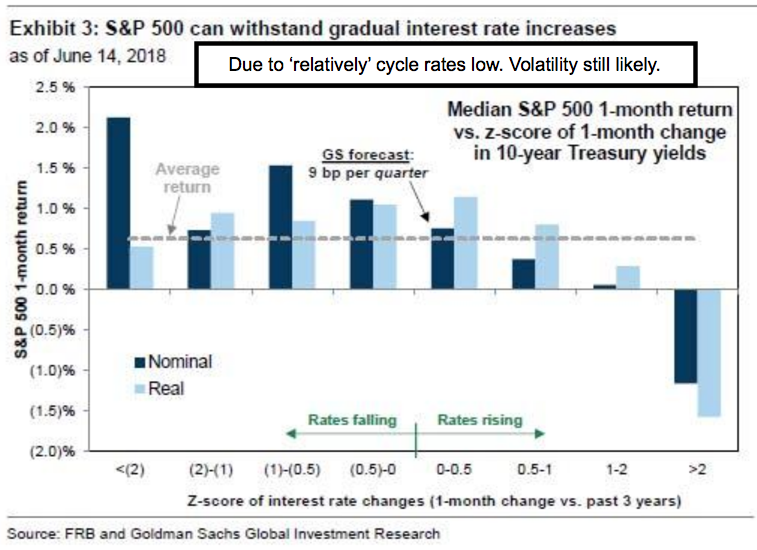There are bearish concerns related to structural elements of today’s markets. They are a hallmark of analytical worries about the market stamina. We’d pointed to these periodically, while at the same time avoiding overt short-selling stock markets, for a few reasons, writes Gene Inger.
But that doesn’t mean this stamina constantly bringing the market back from the edge of breakdown lasts forever.
Besides observing how the stock market ignores the potential catalysts for a breakdown (beyond shakeouts that recover), I've actually pointed to the handful of well-known analysts or major firm warnings. They have perhaps ventured afield their normal sell-side marketing to actually sustain market trends by warning of the risks.
How so? Because those periodic warnings naturally bloat the short-side of the ledger, pretty much ensuring that when the HFT (High Frequency Trading) desks of the same firms, it’s possible that issued the warnings, they take the buy-side of the washouts.
I believe that happened again this Monday morning. It’s a very minute variation of what a real shakeout would look like. In fact, it was a major firm that reiterated the same warning they put out a couple of months ago. And another big banker issued a new one that contributed to the market’s angst, and ironically hence the rally that followed.
Reuters: Wall Street lower Tuesday. Dow gives up 2018 gains as trade war fears heighten.

So, of course, the question is how long does buy the dips forever last? And of course, the answer is not forever.
How long? An answer is a combination of credit market behavior, the Fed’s willingness to reengage with supports if need be (given their policy of rolling paper off is not exactly helping) and of course the key word which is liquidity.
That’s what the HFT crowd does every time the market drops. They employ liquidity obtained largely from use of leverage more than free cash flows coming in to buy every dip.
So, the big question is what happens when the market has one of its little breaks and it doesn’t automatically snap-back from the HFT and/or those algo trading mechanisms.
Or if the Fed doesn’t rev up the PPT (nicknamed Plunge Protection Team) to save the day. Notice no question marks. Of course, that’s because the answer is obvious: that’s when you get an actual Flash Crash.
One that breaks and doesn’t come immediately back.
View a short video interview with Gene Inger on his stock pick: LightPath Technologies (LPTH) here
Recorded at MoneyShow Las Vegas: May 15, 2018
Duration: 6:28.


















